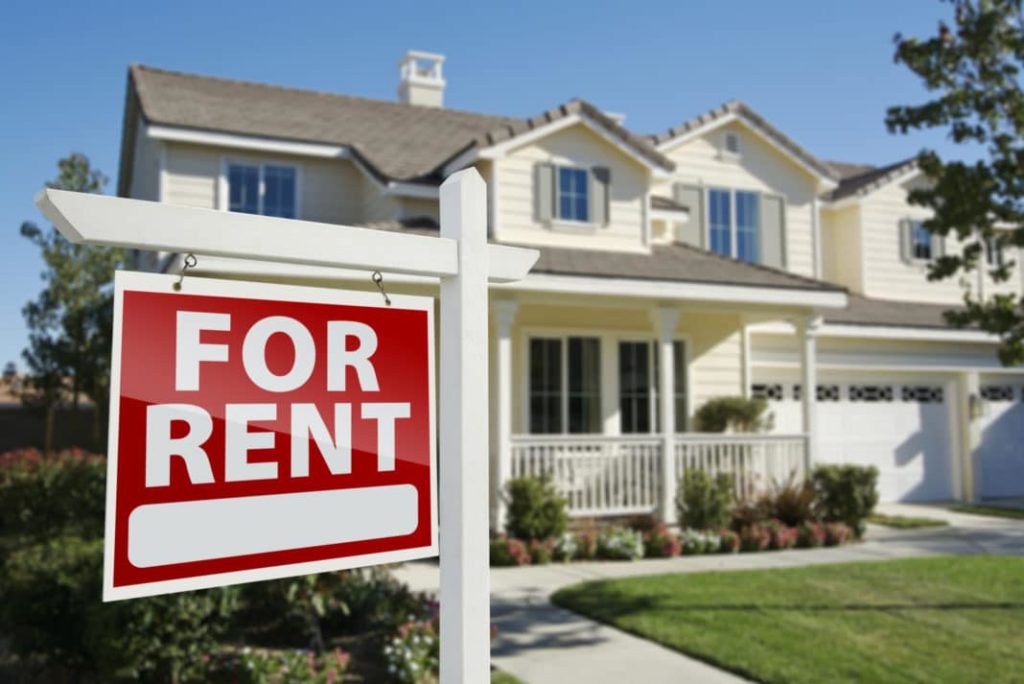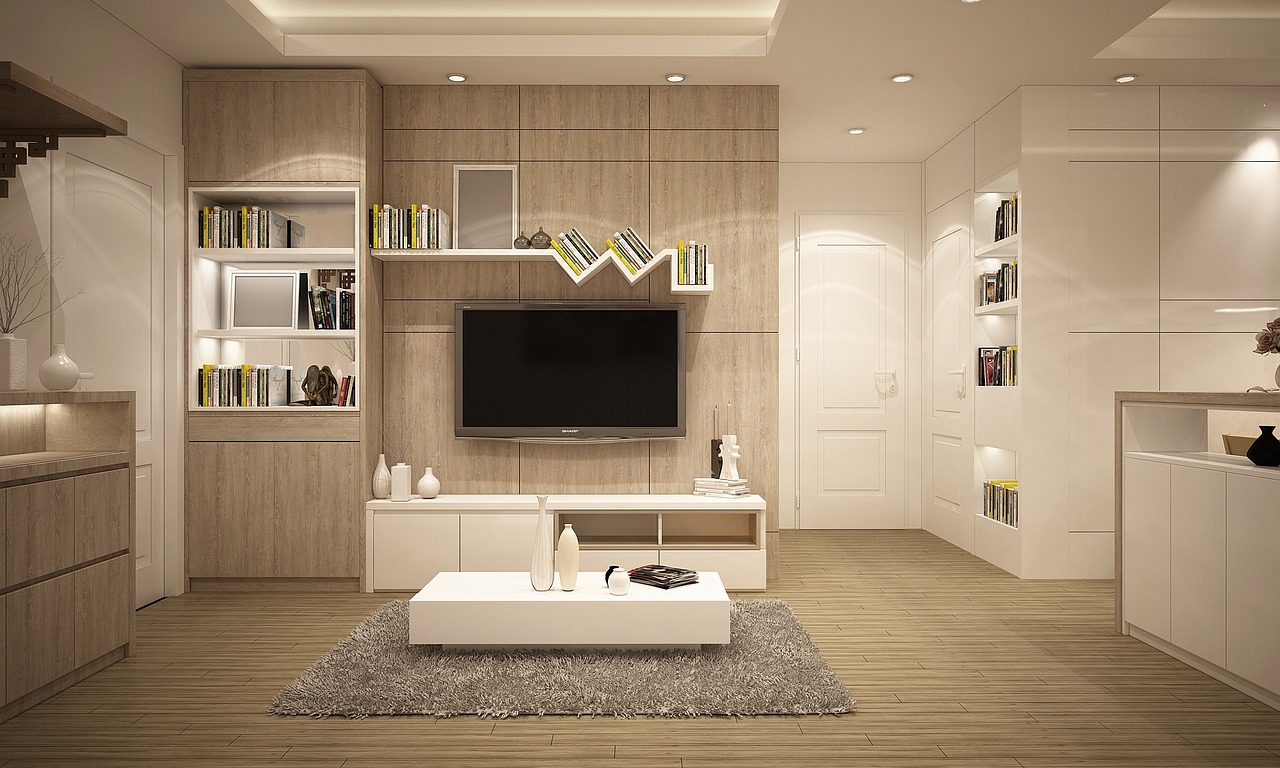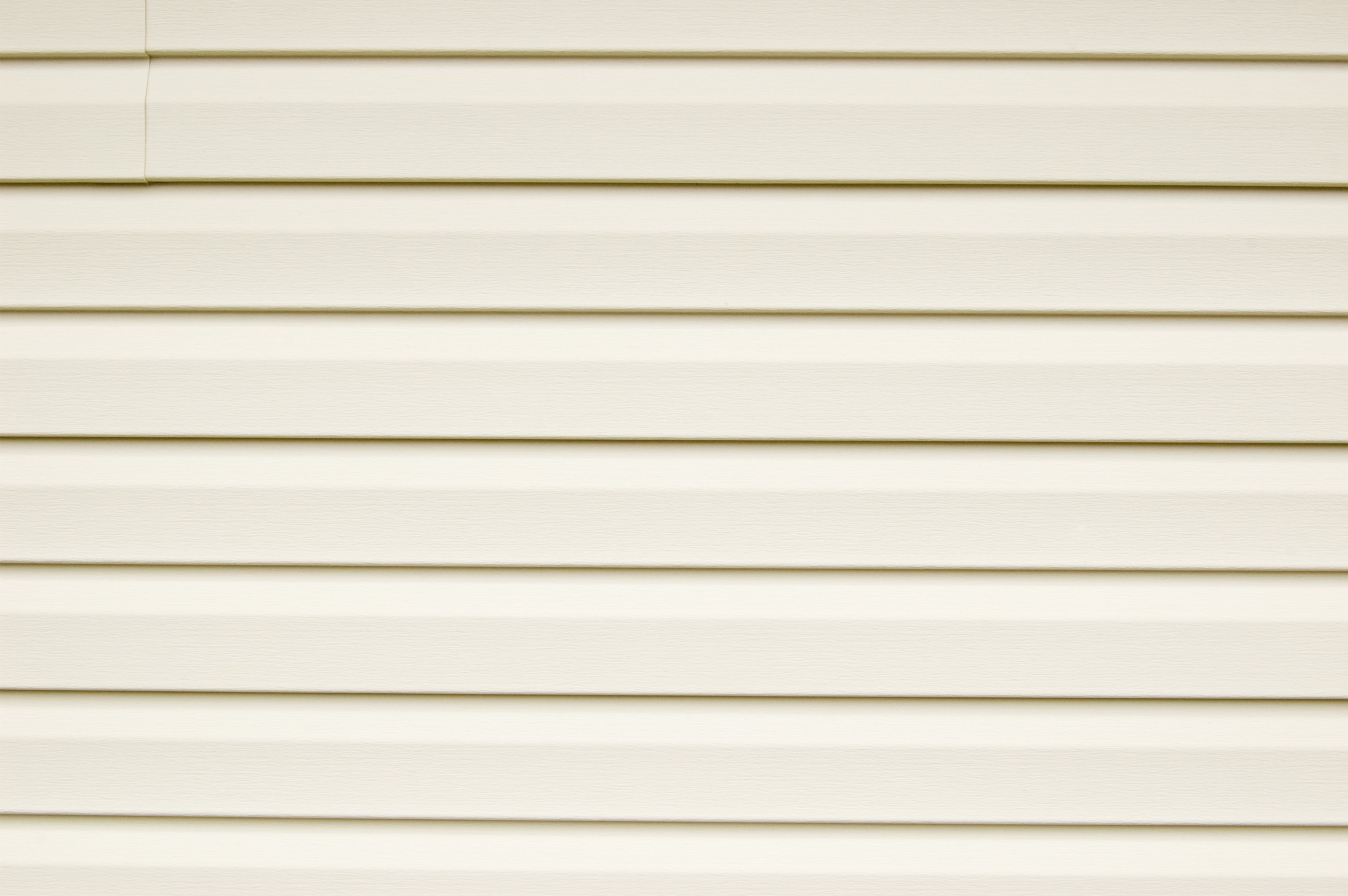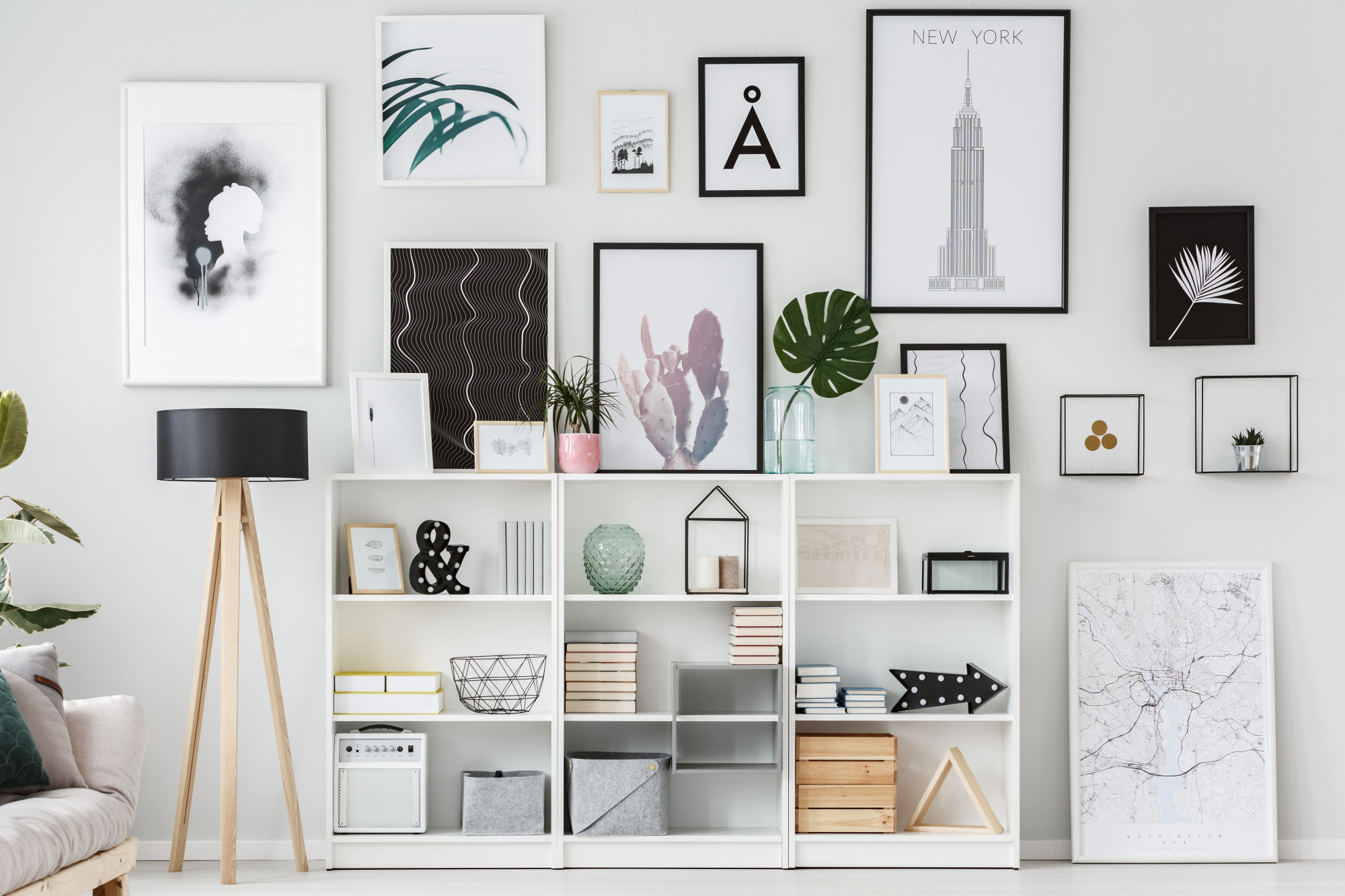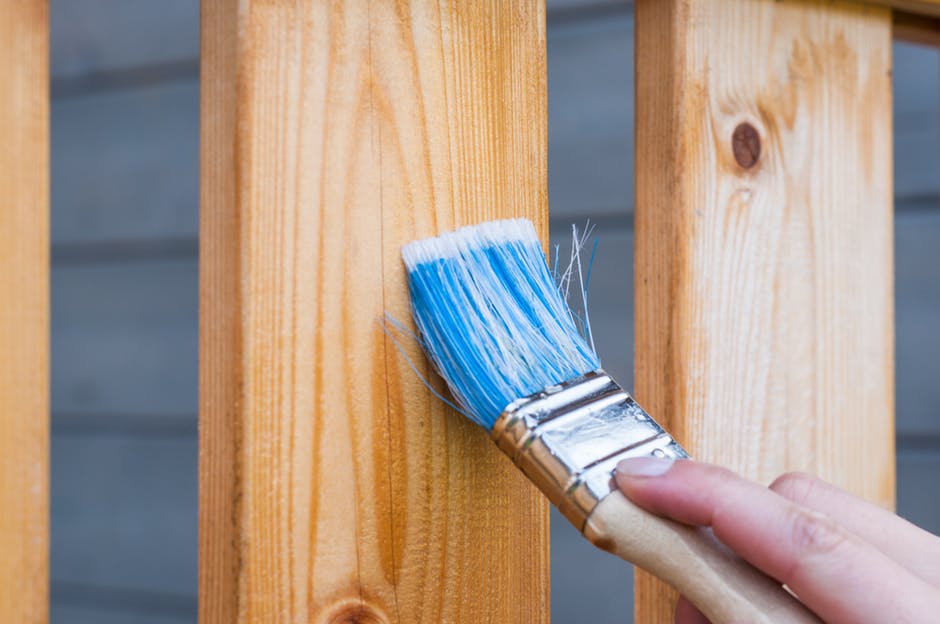The modern home is filled with amazing features to optimize our comfort.
Genius inventions like heating and air-conditioning, lighting, and coffee makers (God bless Melitta Bentz!) give us options to customize our lifestyle however we want.
It’s hard to imagine getting any better than having these inventions in our lives… but it does!
Now, thanks to the smart home, you can customize the time and efficiency of each of these features to fit your lifestyle down to the very second you need it.
But before you go building the central hub of all this, there are things you need to weigh out.
Here are 7 ideas to think through before you build smart!
1. What Devices Do You Have in Mind?
Just because you have the ability to automate every amenity in your household doesn’t mean you have to.
Remember that with every device you automate comes an extra cost attached. So it may not make sense to attach features you rarely use onto your smart home system.
The best way to approach this is by writing out a list of every feature in your house that CAN be automated.
Once you’ve done that, sit down with your family and carefully weight out which ones definitely need to be automated and which ones you’re fine with not automating.
The key to this entire process is cutting out as many extra costs for yourself as possible. Comprising an honest list will help get at the forefront of that by eliminating costs that others start out buying and never using.
2. You Can Always Add On Later
It’s understandable that you’d want to create an all-encompassing smart home to be reckoned with in one go-around.
However, there’s no rush to if it doesn’t make financial sense for you and your family to do right away.
One of the things most people forget is that you can always add new features to your command center as you go along.
This is often the best way to go about it so that you aren’t buying features you’ll never end up using.
Buy a product or two at a time, incorporate them, and get the hang of their features. If you then find another product or two that can compliment your system, then it’s time to rinse and repeat!
3. You Need A Reliable Wi-Fi Router
While this may not come as a huge surprise, the smart features that you’re hoping to incorporate into your smart home system will lean on your Wi-Fi to do it’s bidding.
Needless to say, the more features you add, the more you’ll need a strong router to carry the load.
Sadly, your current router may not be up to par. However, there are several tremendous options to choose from, no matter what your budget might look like.
If the necessary router winds up being a bit pricier then you were hoping, it may be a good time to try out the “buying a few products at a time” recommendation listed above.
Whatever route you decide to go, it’s highly recommended that you buy the router from the get-go and save yourself a few hundred headaches.
4. What Does Your Schedule Look Like?
The main satisfaction of incorporating a smart home in your house is the convenience it provides you.
Do you need coffee made precisely at 6 am each morning? No problem.
Don’t want the lights turned on in the house until 15 minutes before you typically arrive home around 5:30 pm? The smart home has got your back!
Whatever your schedule looks like, write it out and take a gander at what trends you see.
What conveniences can a smart home system offer you to help in your daily grind?
If the answer isn’t as significant as you were hoping, maybe it’s best to hold off for a year or two.
5. Will Your Landlord Allow It?
If you’re renting your house, this should be the first consideration that you make.
You don’t need to ask them right away, but make sure to rummage through your rental agreement and see what the regulations are on drilling holes, adding amenities, etc.
After that, be sure to lay down a “blueprint” of the smart home you’re looking to build and present it to your landlord.
Be sure to get specific with where you hope to put everything, the amount of drilling you’ll need to do, etc. The more info you can give them, the better!
6. Are You Equal to the Task?
Alright reader, it’s time to take a deep look inward and be honest with yourself…
Are you the type of person that’s capable of installing this on your own?
When things go wrong, as they often do when technology is involved, are you equipped with the necessary amount of troubleshooting?
If your answer is “absolutely not”, then it may be best to seek the opinion and help of a professional.
However, if your answer was “I think I can”, then maybe your little engine can successfully install it with the help of https://aconnectedhome.com/.
7. Is It Worth the Cost?
Time for one more round of self-reflection. Is the smart home worth the money for you and your family, or is it more out of want than a need?
Make no doubt about it, a smart home will payout in its operations once you’ve successfully built it… but that’s not the question here.
Will a smart home actually help optimize your lifestyle, or are you just trying to keep up with your friend who built one in their house?
While completely worth it, the cost associated with building a smart home can be overwhelming if you’re not prepared.
Take the time to budget and save up for your dream smart home!
Build Smart, Think Smarter
If the opportunity to build smart devices in your home makes sense for you and your family, then congratulations!
Be sure to keep up with Skipping Stone Design for all the latest ideas on lifestyle and design.
Best of luck with your smart home integration. You’ll come out wiser in the end for your efforts!

